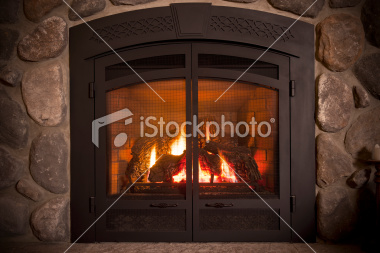Indoor Air Quality: A Breath Of Fresh Air

Home building techniques and materials have created homes that are more air tight than ever, to achieve higher levels of energy efficiency. The unintended consequence of these building achievements is a decrease in the quality of indoor air. In fact, with homes built in the past 15 years,many have airmore polluted than the air outside because homes no longer “breathe” like older homes.
Indoor Air Worse Than Outdoor
Poor indoor air quality is attributable to a variety of factors and stems from multiple sources. According to an independent study by Air Advice, Inc. of the air of 10,000 American homes from across the country, 96% of homes had at least one type of Indoor Air Quality problem. Pollutants identified varied little by geography. In 85% of homes, the leading cause of poor indoor air was particulate matter including dirt and dust, pollen, dander, bacteria, and fungus. Other factors that contribute to poor indoor air quality are environmental tobacco smoke, carbon monoxide, radon and volatile organic compounds.
What does this mean to you?
Poor air quality may or may not affect you personally, but impurities found in homes can build to levels high enough to affect individual health and the quality of the lives of your family. Allergies can be aggravated if allergens build up in the house. It’s becoming more and more common for people with respiratory issues to ask their physician about air filtration in their home.
Improving Indoor Air
According to Aprilaire, many physicians believe air cleaning is part of an integrated approach to treating patients with respiratory aliments, Aprilaire is a leadingmanufacturer andmarketer of indoor air quality (IAQ ) products, with facilities in Madison and Poynette. According to the US environmental Protection Agency (EPA), there are three main approaches to improving indoor air quality: source control, improved ventilation and air cleaning.
1.) Source control refers to removing the source of the pollutant from the home. Examples include not smoking indoors, removing animals, plants, unused solvents and paint thinners.
2.) Ventilation is a key in decreasing pollutants that are generated inside the home. New construction techniques utilizing energy efficient windows and doors, extra caulk and weatherstripping, house wraps, sealants and additional insulation all lead to decreased movement of outside air through the home. According to the EPA, the lack of air movement through homes can lead to a buildup of toxic pollutants that can have concentrations up to a hundred times greater inside a home than outside. However, indoor concentration of particles such as pollen may actually increase when ventilation rates are increased due to the introduction of fresh outdoor air, so air cleaning may be needed regardless of the level of ventilation.
3.) Air cleaners and filters are a vital part of the solution for poor indoor air quality. These cleaners remove the particulate matter that remains airborne after source control and ventilation have failed. The effectiveness of air cleaners in improving overall air quality is highly dependent on both the type of air cleaner selected and the nature and concentration of the pollutant.







